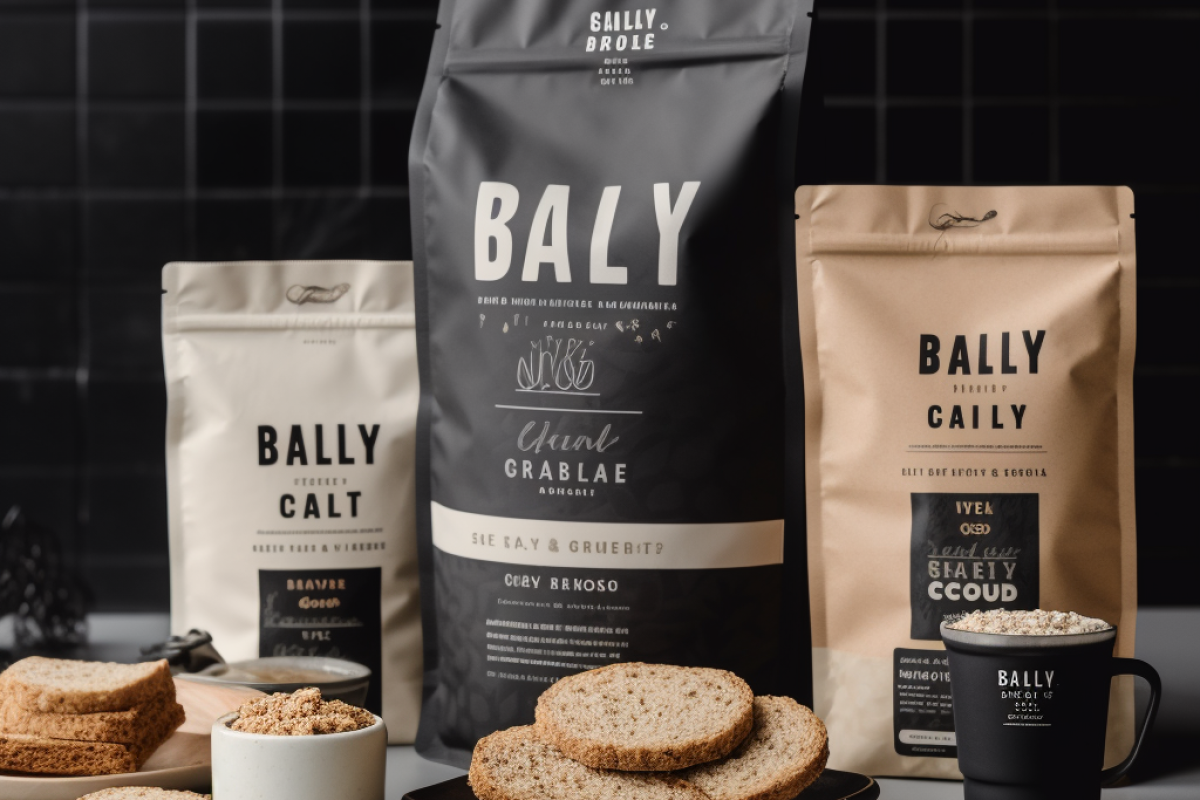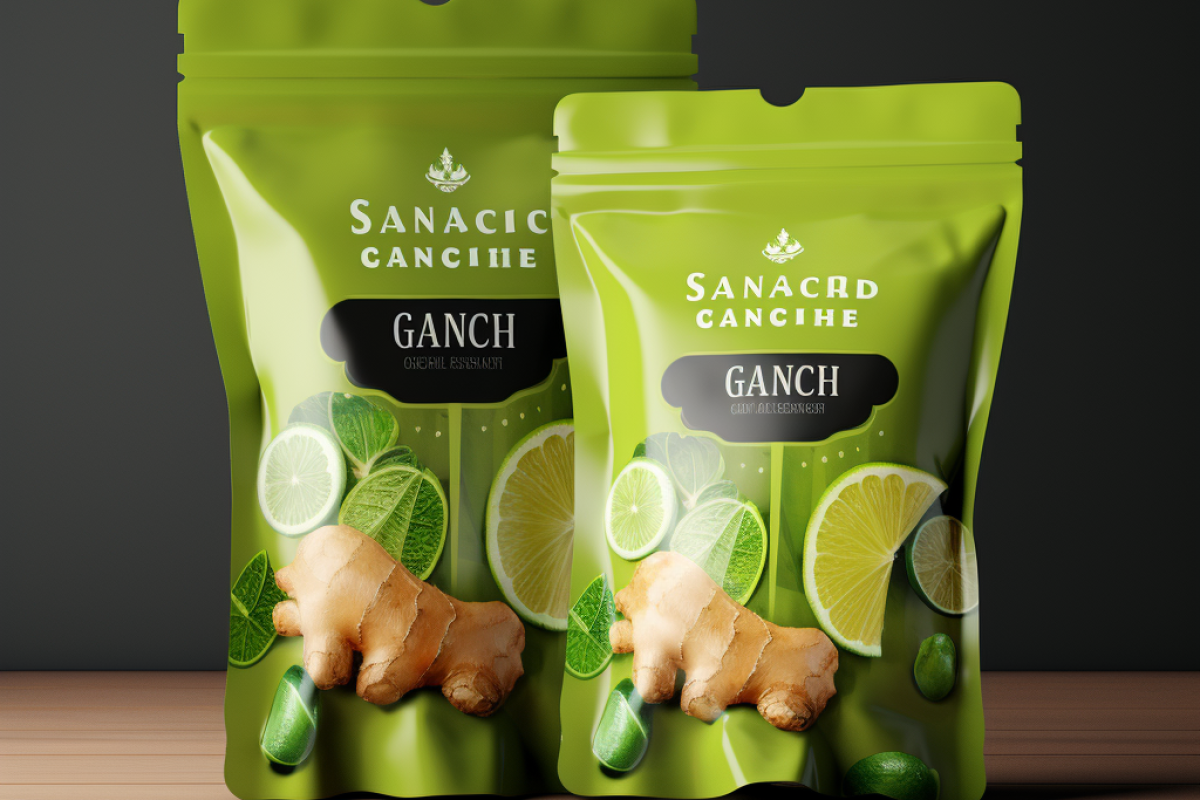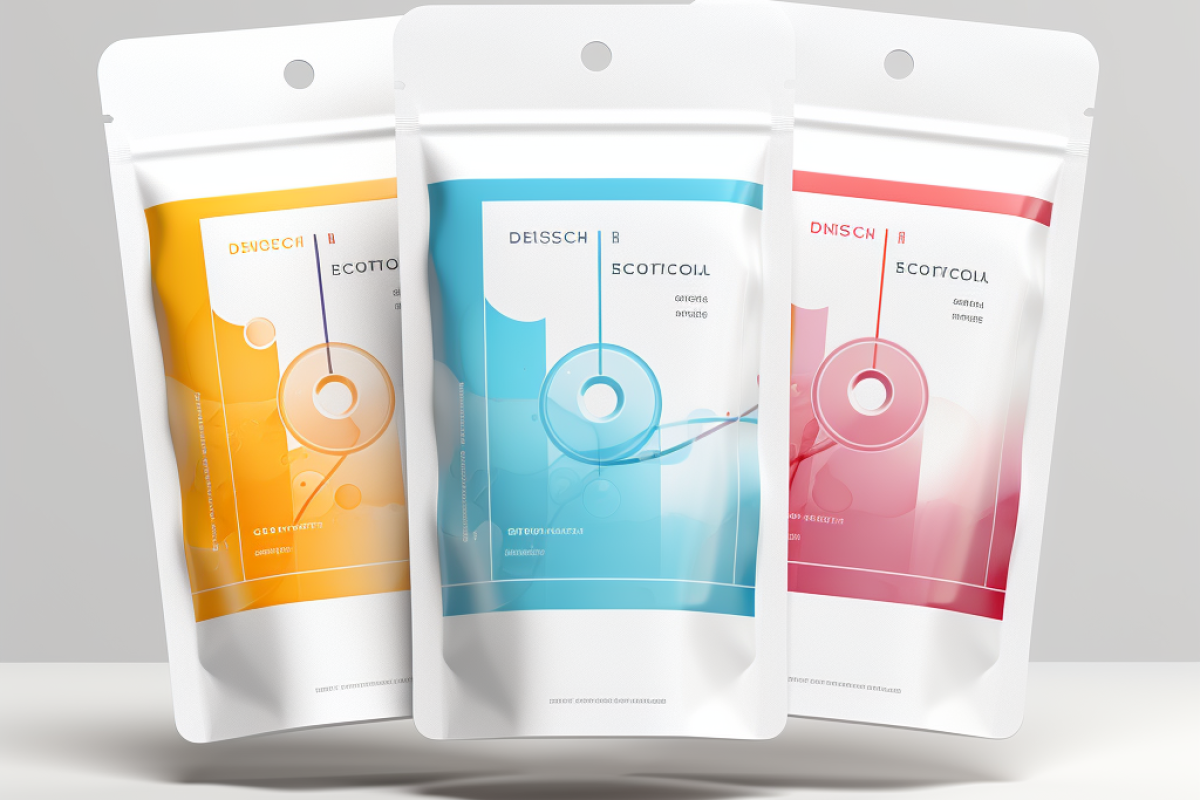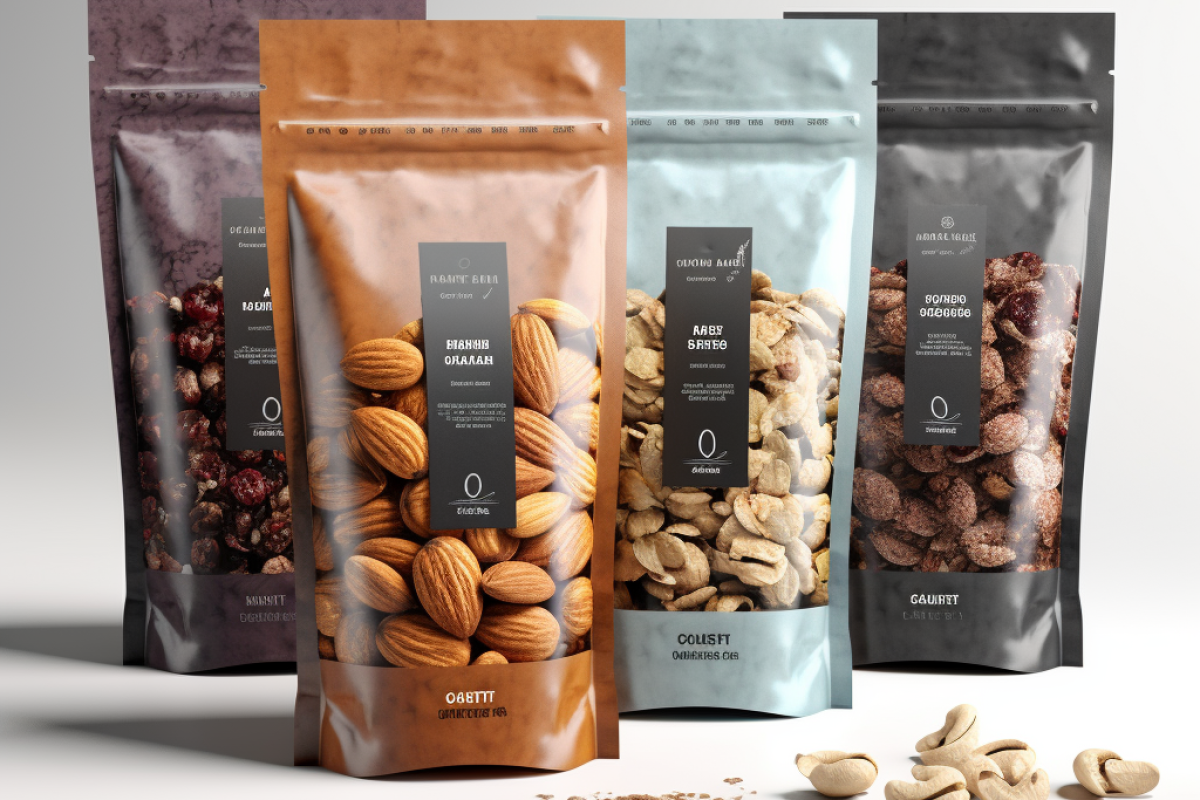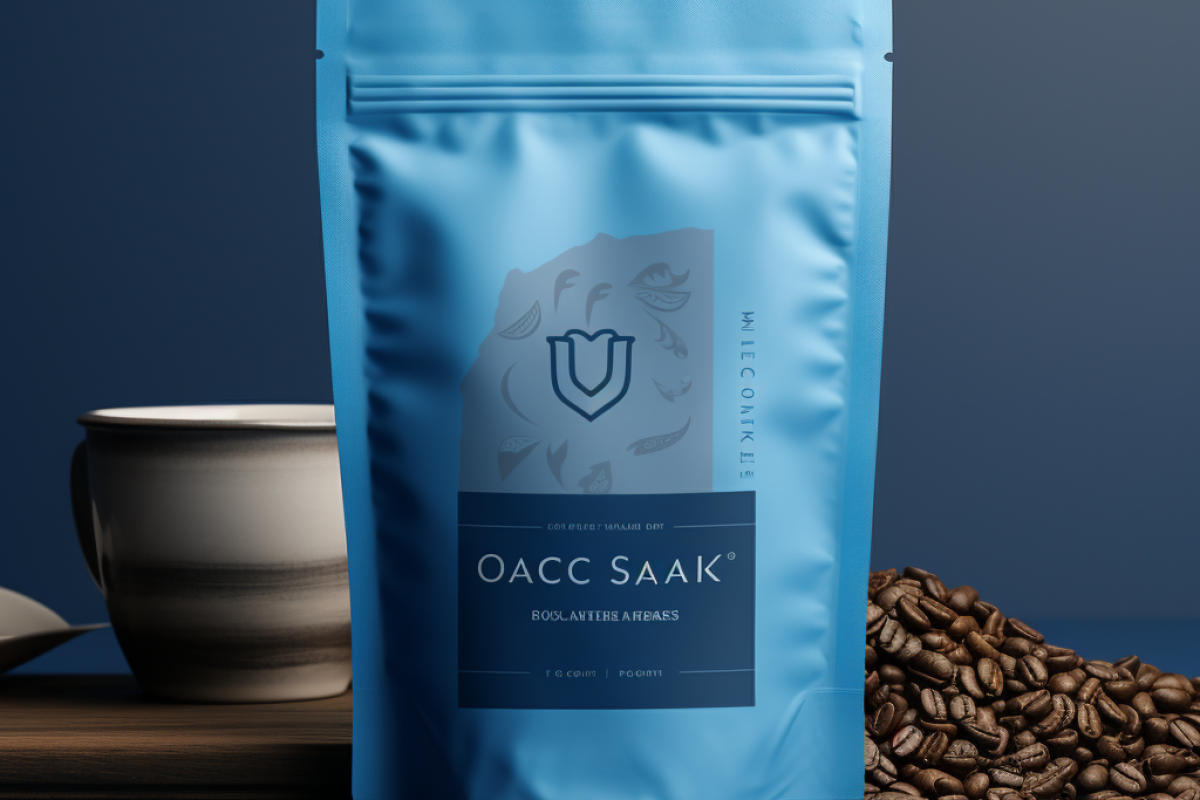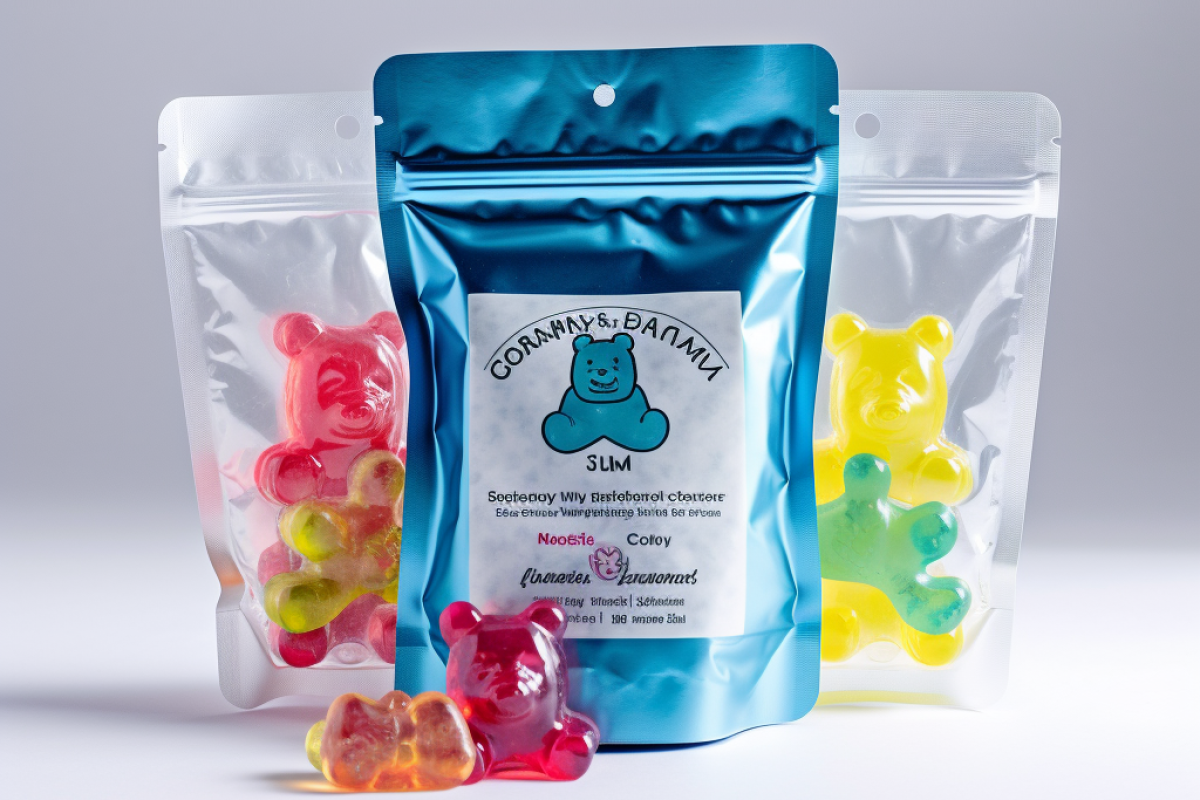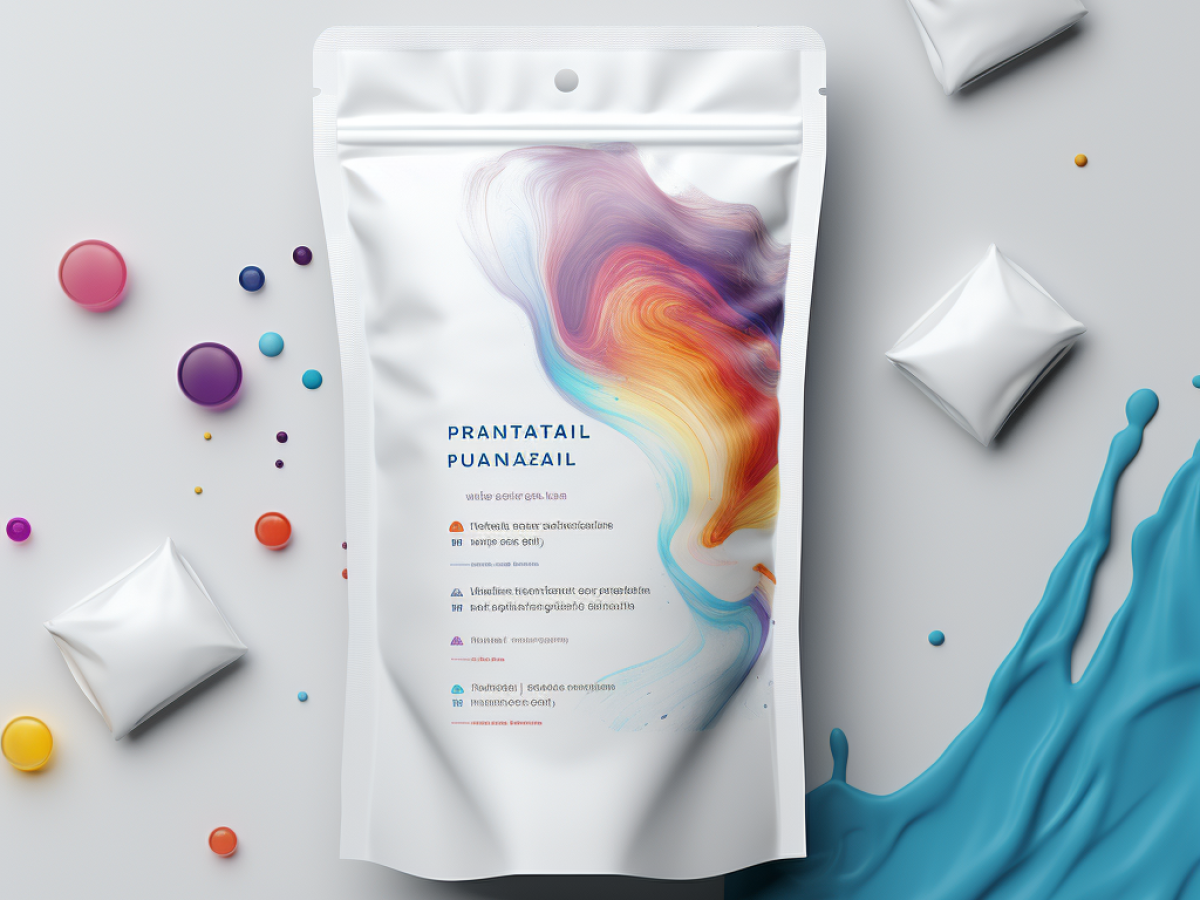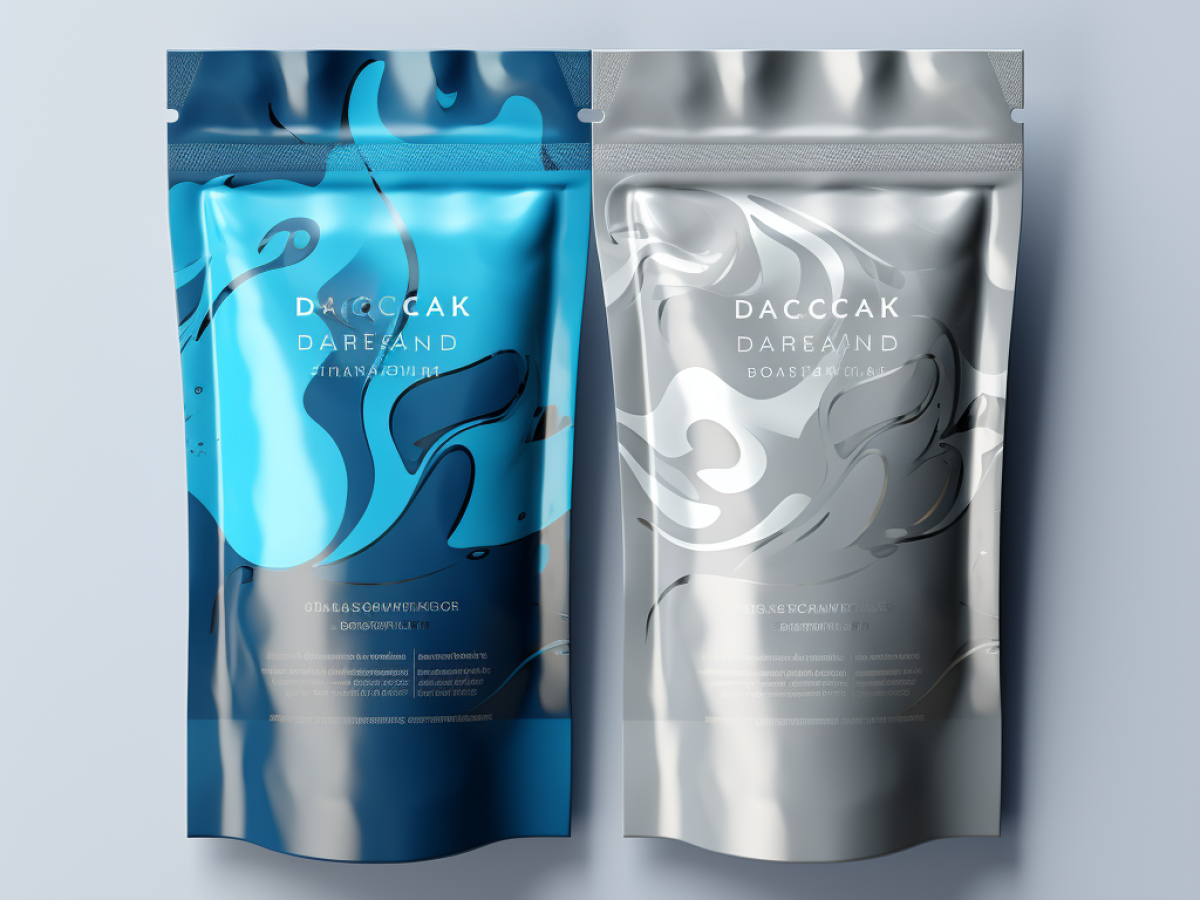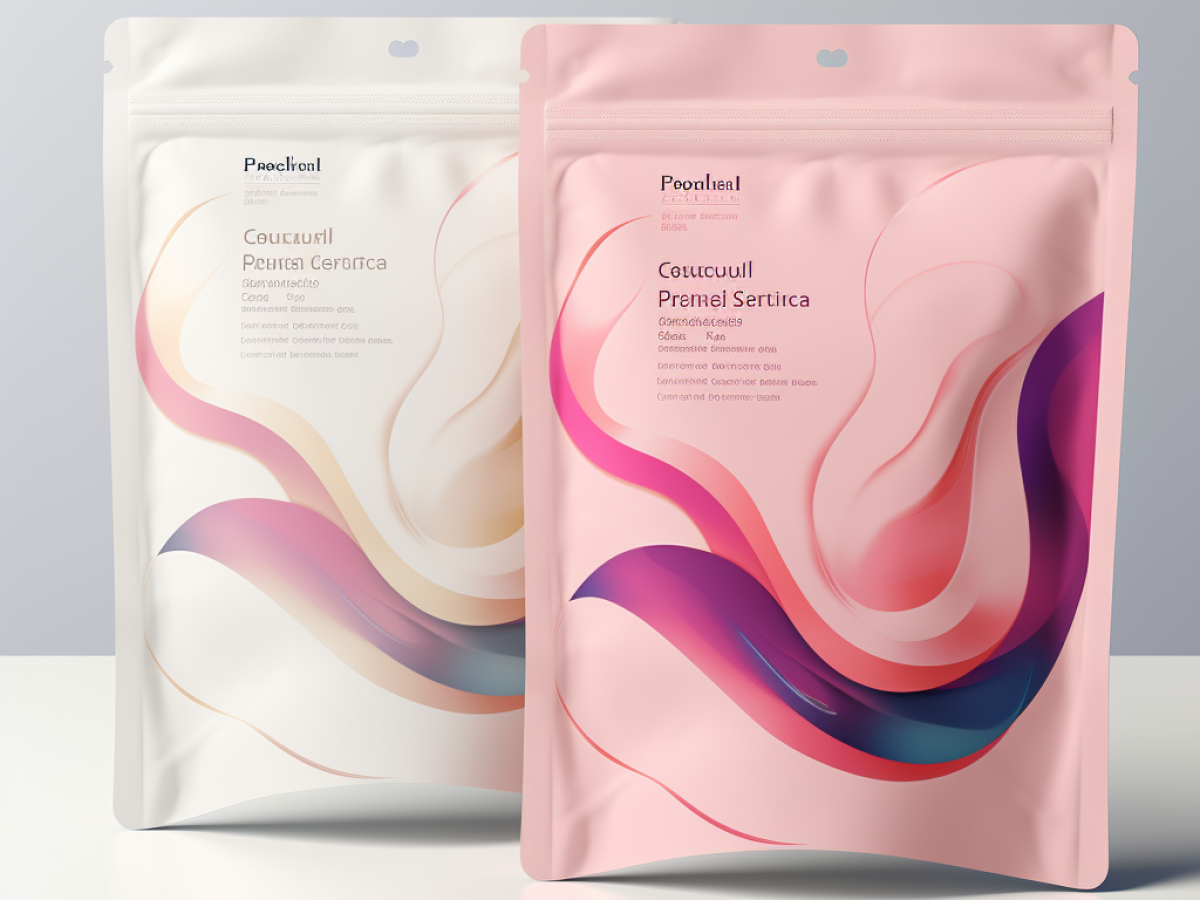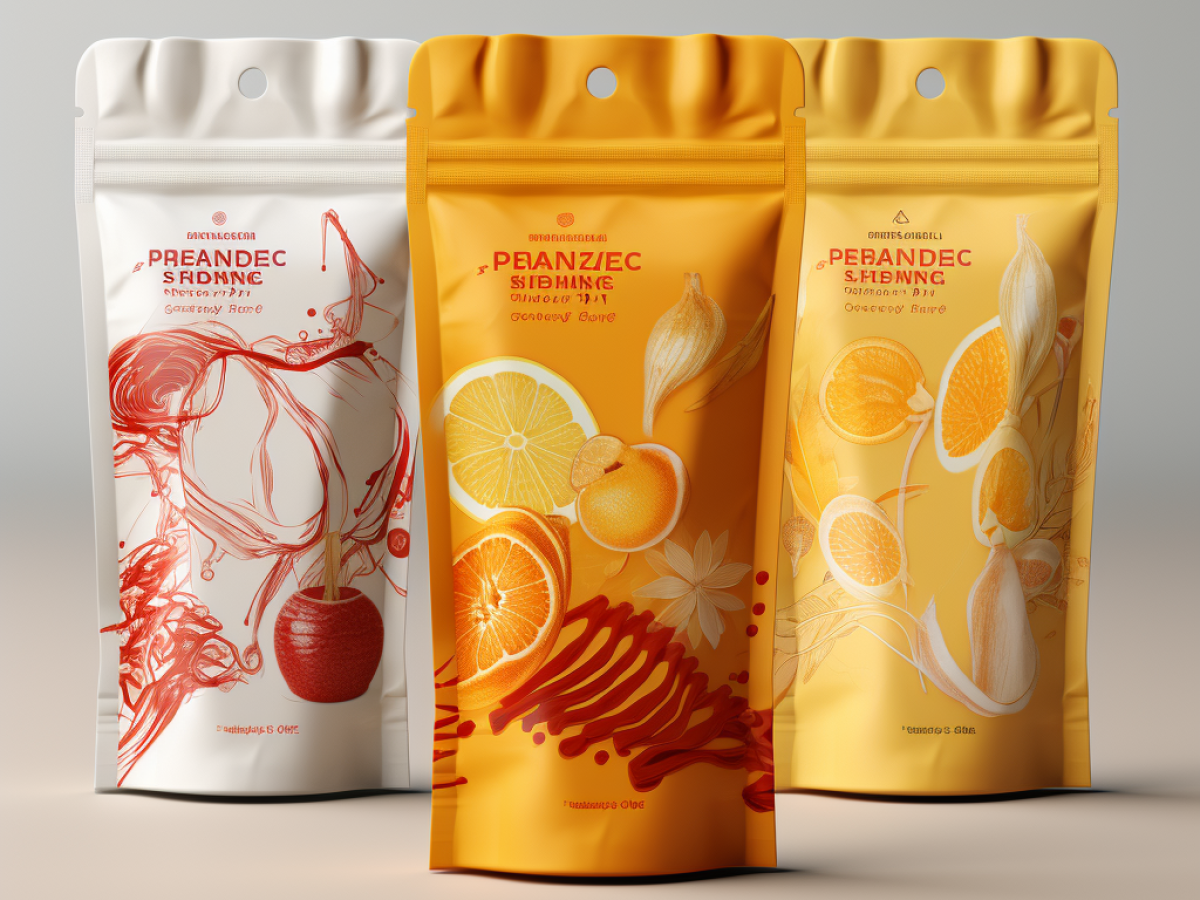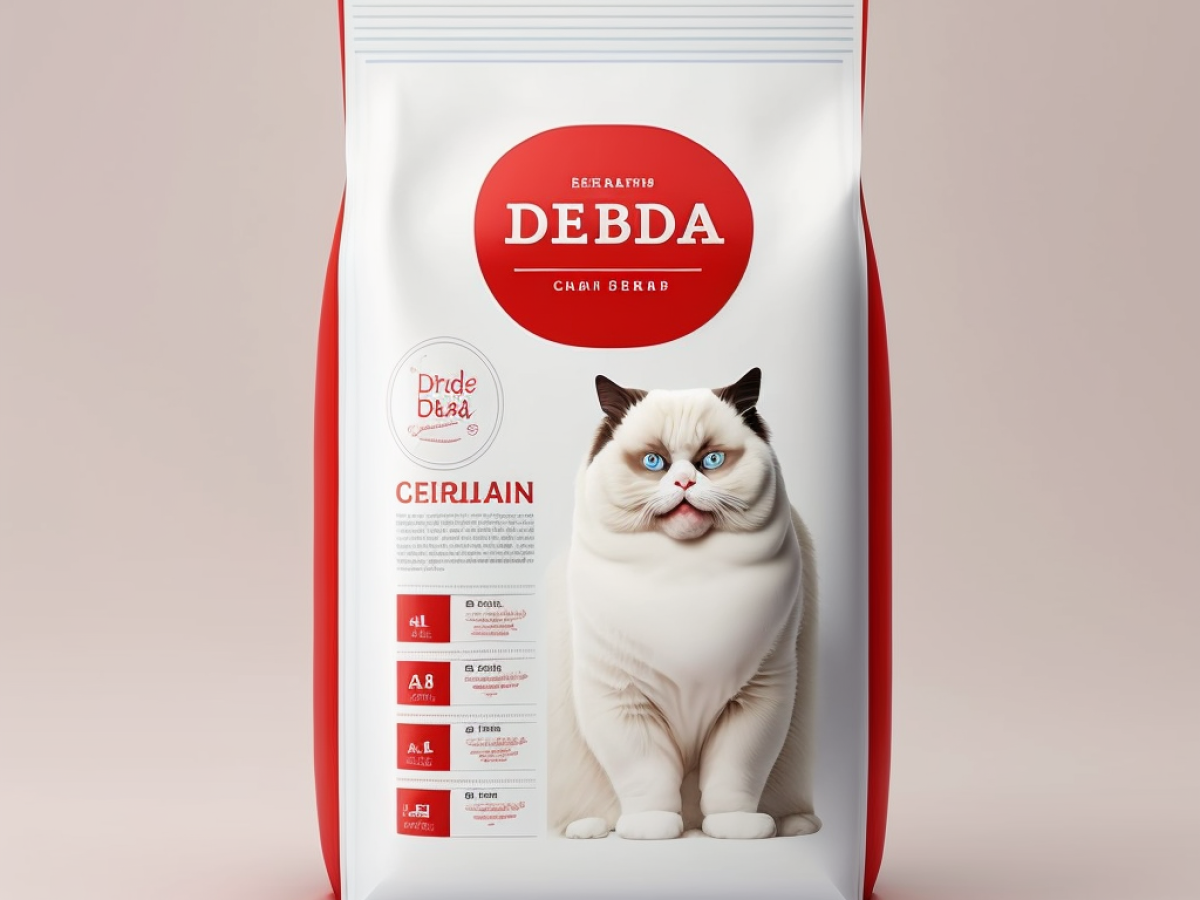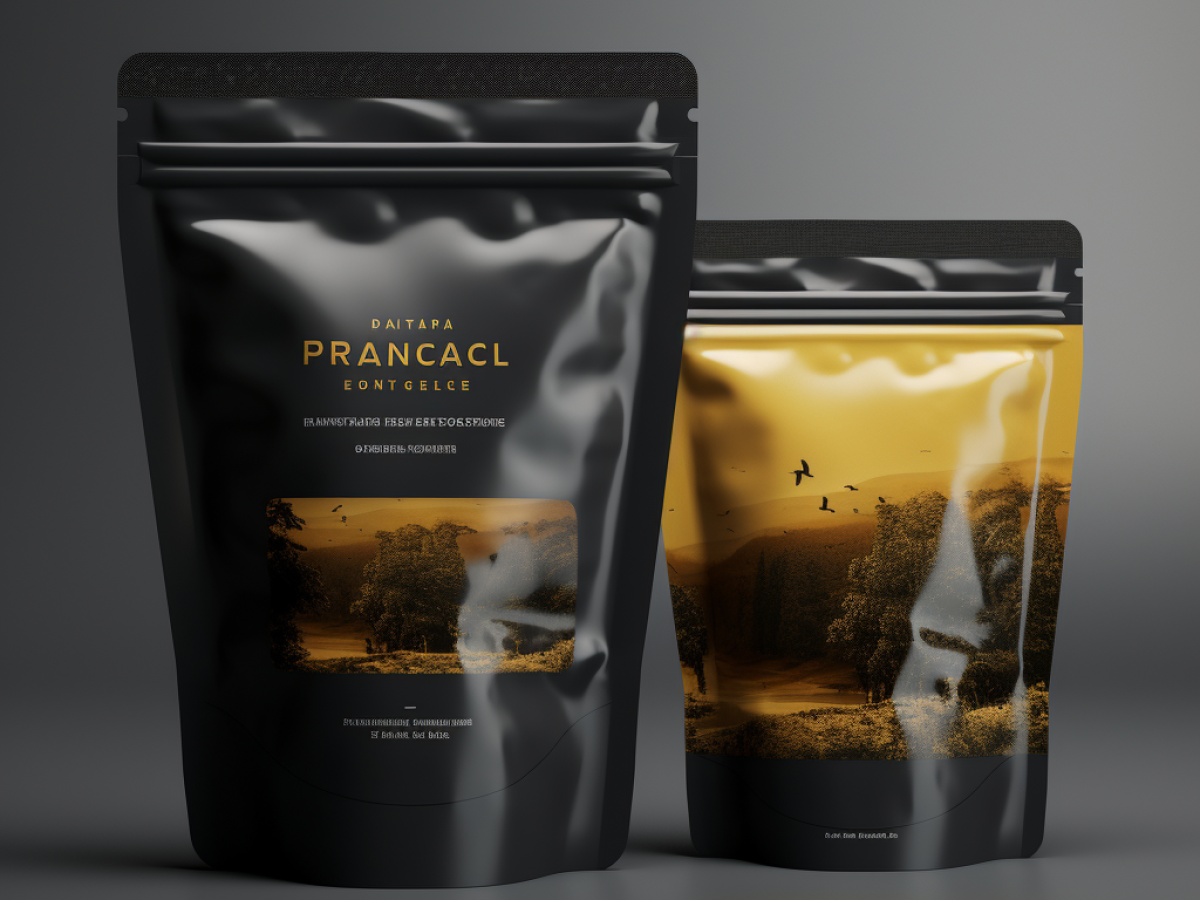Flexible Packaging
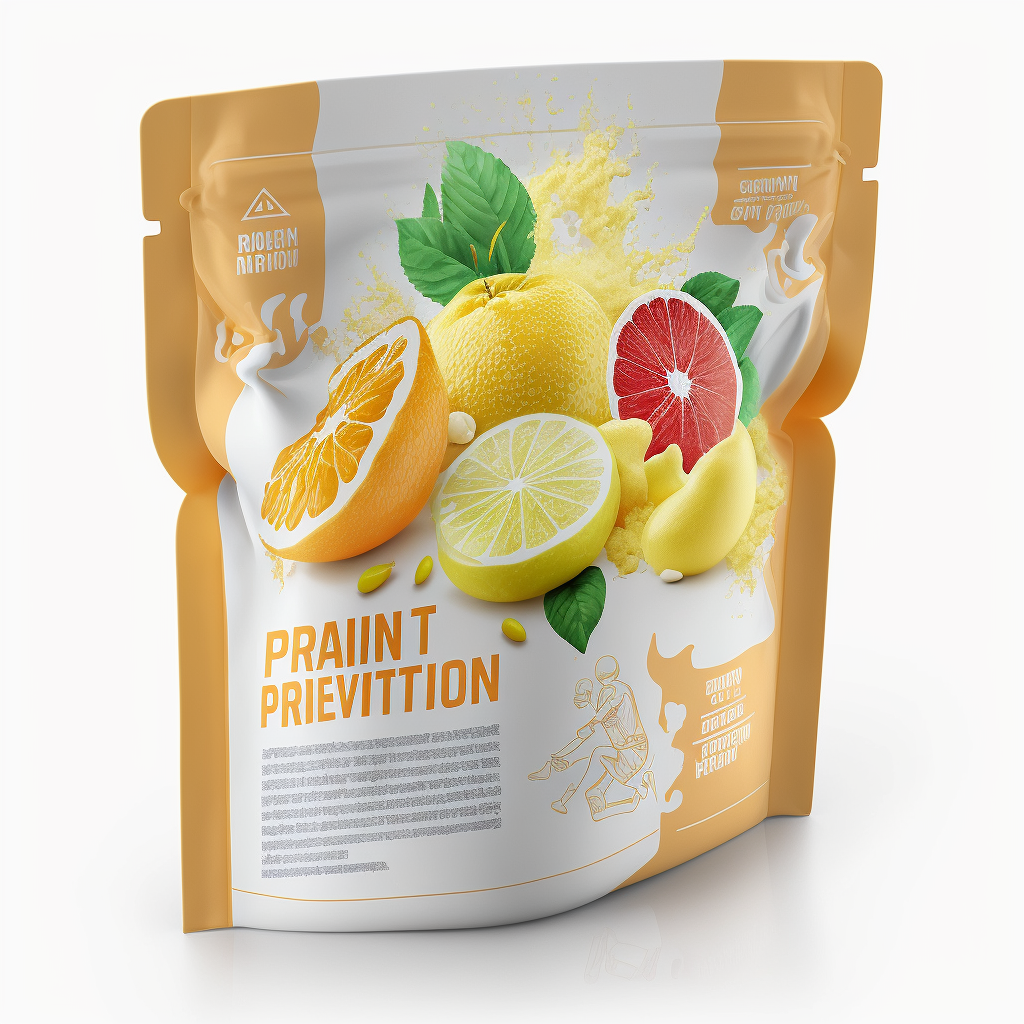
Flexible Packaging
There are many types of flexible packaging. Nowadays a product can be protected using different elastic materials, whose flexibility allows the package to be more lightweight.
Sustainable Option ♻️
- 100% Recycled Papers
- 30 to 100% Recycled Films
- FSC Certified Papers
- 100% Compostable and Biodegradable Labels
- Non-fossil derived film of plant origin
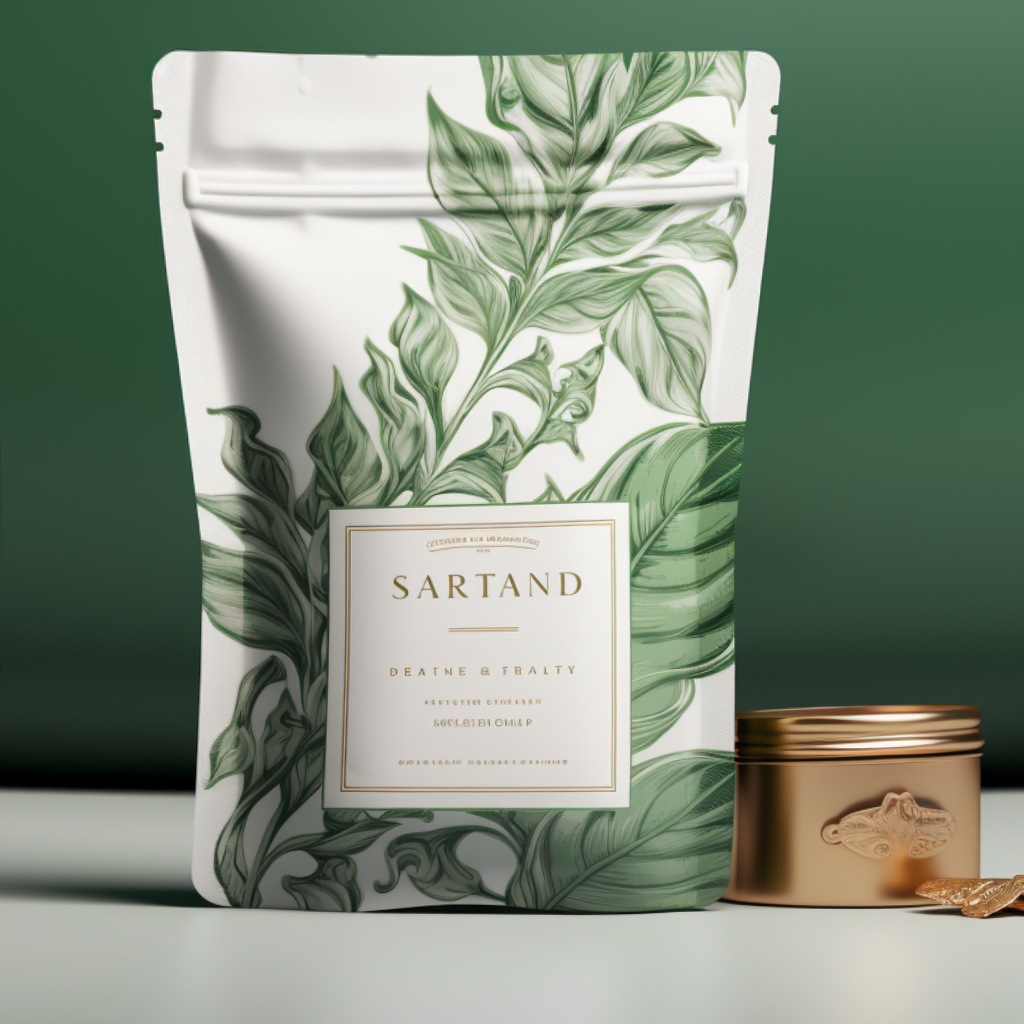
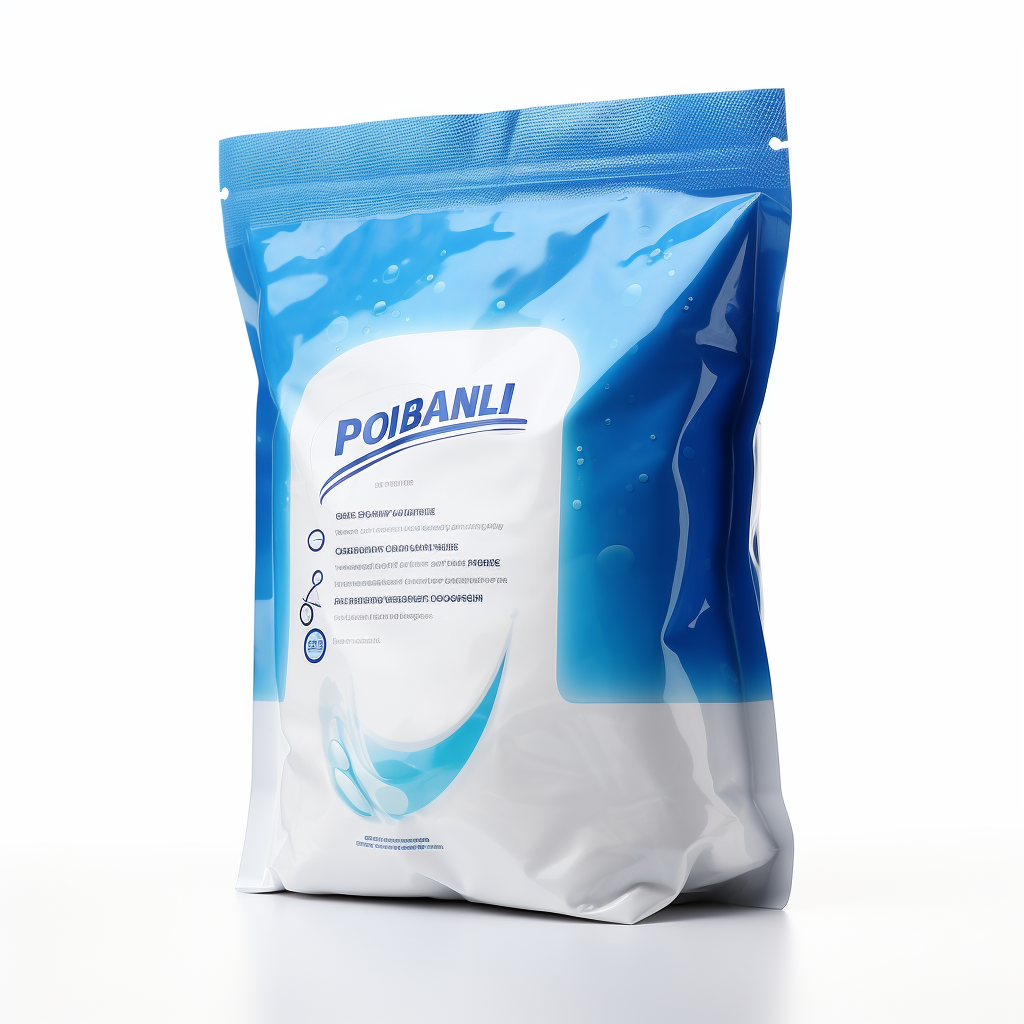
Advantages of Flexible Packaging
The flexible packaging currently in use offers many advantages compared to the packaging that has been used in the past, among its main benefits, we highlight the following:
- Unlike rigid packaging, flexible packaging is completely adaptable to any type of product, both in size and shape.
- The elastic materials currently used are highly resistant to shock, torsion and any type of force that could damage them. The aim of this type of packaging is to offer high resistance in any situation.
- Flexible packaging is more economical because it is cheaper to manufacture than most rigid packaging.
- Properties such as malleability and weight are also an advantage. Malleability is the adaptability of plastic products, while weight refers to the lightness of this type of packaging, which weighs much less than other materials.
- More and more sustainable solutions are being used to manufacture and distribute flexible packaging. What we are looking for is not only to use this material as a light protector, but also to protect the environment by using sustainable raw materials.
- Flexible packaging is highly resistant, thanks to the materials used to absorb shocks and protect any type of product.
Flexible Packaging
Image Gallery
CONTACT US
- Carretera de Montcada, 661, 08227 Terrassa, Barcelona
- +34 937860647
- ipe@ipe-innovaciones.com

